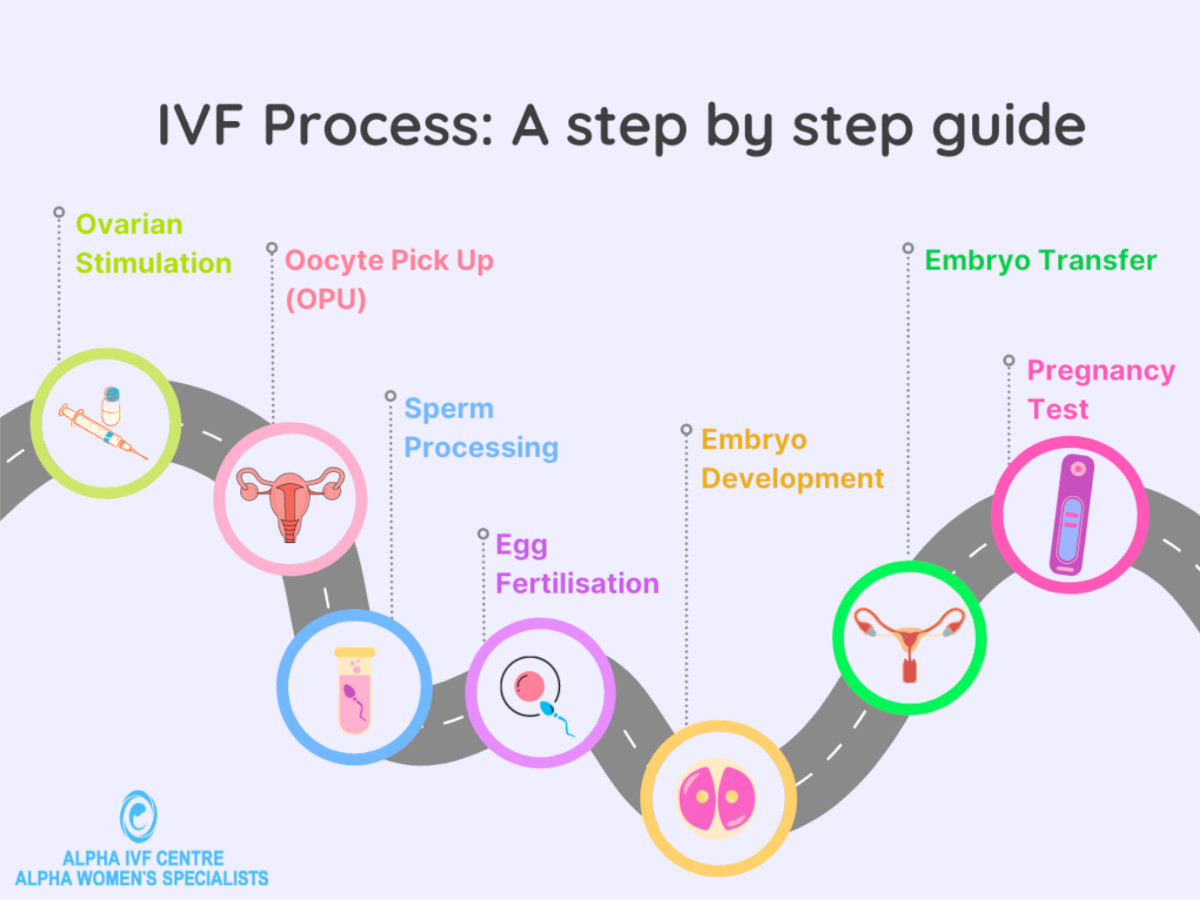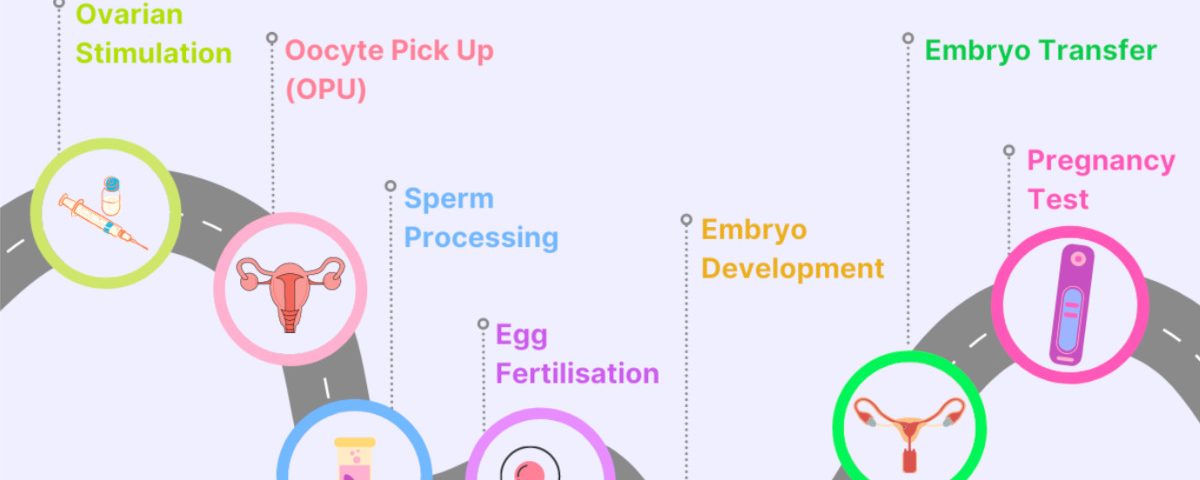
How Many Children Were Conceived Using IVF in 2023?
April 19, 2025Your IVF Day 5 Journey: Everything You Need to Know About Your Expected Due Date
Hey there, future parents! If you’re reading this, chances are you’re on an exciting (and maybe a little nerve-wracking) IVF journey, specifically with a Day 5 embryo transfer. You’ve probably got a million questions swirling in your head—like when your little one might arrive, how this whole process works, or what cool stuff happens behind the scenes that no one really talks about. Well, grab a cozy drink, settle in, and let’s dive deep into the world of “expected due date IVF Day 5.” This isn’t just another boring calculator rundown—I’m here to spill some secrets, share practical tips, and give you a peek into the wild ride of IVF that’ll make you feel like an insider.
By the end, you’ll not only know how to figure out your baby’s big arrival day but also get the scoop on things like why Day 5 transfers are special, what science says about your odds, and even some quirky facts to impress your friends at the next baby shower. Let’s get started!
What Makes Day 5 IVF So Special?
When you hear “Day 5 embryo transfer,” you might think, “Okay, it’s just a number—what’s the big deal?” But here’s the thing: Day 5 isn’t just any day in the IVF process—it’s like the VIP pass to the pregnancy club. Let’s break it down.
The Science of Day 5 Embryos
On Day 5, your embryo isn’t just a tiny cluster of cells anymore—it’s reached the blastocyst stage. Picture this: it’s gone from looking like a little raspberry to a more complex mini-spaceship, complete with an inner cell mass (that’ll become your baby) and an outer layer (hello, future placenta!). This stage is a big deal because it mimics what happens naturally in your body when an embryo is ready to implant in the uterus.
- Why it matters: Doctors love Day 5 transfers because these embryos have proven they’re tough cookies. They’ve survived five days of growing in a lab, which means they’ve got a higher chance of sticking around once they’re transferred. A 2023 study from the American Society for Reproductive Medicine found that Day 5 blastocyst transfers have a live birth rate of about 50-60%, compared to 30-40% for Day 3 transfers. Pretty cool, right?
A Little-Known Perk: Fewer Multiples
Here’s something you won’t find in every pamphlet: Day 5 transfers often mean doctors transfer just one embryo instead of two or three. Why? Because that single blastocyst is more likely to succeed on its own. This cuts down the chances of twins or triplets—which, let’s be real, might sound fun until you’re juggling two crying babies at 3 a.m. Less chaos, more control—that’s the Day 5 vibe.
The Emotional Rollercoaster
Okay, let’s get personal for a sec. Waiting those extra two days (from Day 3 to Day 5) can feel like forever. You’re biting your nails, wondering if your embryos will make it to blastocyst status. But when they do? It’s like getting a gold star in resilience. One mom I heard about said she celebrated her Day 5 transfer with a mini dance party in her kitchen—because why not? You’ve earned it.
How to Calculate Your Expected Due Date with a Day 5 Transfer
Now, let’s get to the main event: figuring out when your baby might say “hello, world!” Calculating your due date after a Day 5 IVF transfer is simpler than you might think—and way more accurate than guessing with a regular pregnancy.
The Magic Number: 261 Days
Here’s the golden rule: take the date of your Day 5 embryo transfer and add 261 days. That’s it! Why 261? It’s because a full-term pregnancy is about 266 days from fertilization, and with a Day 5 transfer, your embryo is already 5 days old when it’s placed in your uterus. So, 266 minus 5 equals 261. Boom—your estimated due date (EDD).
- Example: If your transfer was on March 24, 2025 (hey, that’s today!), count forward 261 days. That lands you around December 10, 2025. Mark that calendar!
Step-by-Step Guide to Nail It
Not a math whiz? No worries—here’s a foolproof way to figure it out:
- Write down your transfer date. Let’s say it’s April 1, 2025.
- Add 261 days. You can use a calendar app or an online calculator (psst, there’s one below!).
- Double-check. For April 1, 2025 + 261 days, you’d land on December 18, 2025.
- Celebrate! You’ve got a date to circle in glitter pen.
Why It’s More Accurate Than Natural Pregnancies
Unlike natural pregnancies, where ovulation dates can be a guessing game, IVF gives you a pinpoint start date. “With IVF, we know exactly when the embryo begins its journey,” says Dr. Emily Carter, a fertility specialist based in California. “That precision is a game-changer for planning.” So, while your friend might be off by a week or two, your Day 5 due date is pretty spot-on—give or take a few days, because babies love to keep us on our toes.
What Happens After Your Day 5 Transfer?
You’ve had your transfer—now what? The next few weeks are a wild mix of hope, waiting, and maybe a little Googling at 2 a.m. Let’s walk through it.
The Two-Week Wait (TWW) Secrets
The two-week wait is that stretch between your transfer and your pregnancy test. It’s famous for driving people up the wall, but here’s a fun fact: your embryo might start implanting as early as 1-2 days after a Day 5 transfer because it’s already so developed. Signs like light spotting or mild cramps could pop up around day 6 or 7 post-transfer—way sooner than you’d expect!
- ✔️ Tip: Keep busy. One couple I know binged every season of The Office during their TWW. Laughter beats stress every time.
- ❌ Don’t: Test too early. Home pregnancy tests need about 9-10 days post-Day 5 transfer to be reliable. Patience is your friend here.
Early Pregnancy Milestones
Once you get that positive test (fingers crossed!), things start moving fast. Here’s a timeline based on your Day 5 transfer:
- 2 weeks post-transfer: You’re about 4 weeks pregnant (since the embryo’s 5 days old at transfer).
- 4 weeks post-transfer: Around 6 weeks pregnant—time for your first ultrasound! You might see a tiny heartbeat.
- 8 weeks post-transfer: 10 weeks pregnant—your baby’s the size of a strawberry, and you’re almost out of the first trimester.
The Weird Stuff No One Talks About
Ever wonder what’s really going on in there? During those early weeks, your body’s throwing a party for your embryo. Your uterus is thickening up, your hormones are spiking, and—get this—your sense of smell might go haywire. One woman swore she could smell her neighbor’s BBQ from three houses away at 5 weeks pregnant. Blame it on the progesterone!
Busting Myths About IVF Due Dates
There’s a ton of chatter out there about IVF pregnancies, and not all of it’s true. Let’s clear up some myths that might be messing with your head.
Myth #1: IVF Babies Always Come Early
Nope! A lot of people think IVF babies pop out sooner because of all the medical intervention, but studies show they’re just as likely to go full-term (37-42 weeks) as naturally conceived babies. In fact, a 2024 report from the CDC found that Day 5 transfers have a slightly lower preterm birth rate than Day 3 transfers—around 8% versus 10%.
Myth #2: Your Due Date Is Set in Stone
Ha! Babies don’t read calendars. Your EDD is a best guess, not a promise. Only about 4-5% of babies (IVF or not) arrive bang on their due date. “It’s more like a due window,” says Dr. Sarah Nguyen, an OB-GYN in Texas. “Think 37 to 42 weeks.” So, pack that hospital bag early, just in case!
Myth #3: Twins Throw Everything Off
If you’re carrying twins from your Day 5 transfer (lucky you!), your due date doesn’t shift much—it’s still 261 days from transfer. But twins often arrive earlier, around 35-37 weeks. Plan accordingly, and maybe stock up on double the diapers.
Boosting Your Chances After a Day 5 Transfer
Want to give your embryo the best shot at becoming your future kiddo? Here’s what science—and real-life experience—says works.
The Pineapple Core Trick
You’ve probably heard this one floating around IVF forums: eating pineapple core after your transfer might help implantation. The idea is that it’s packed with bromelain, an enzyme that could reduce inflammation. There’s no hard proof it’s a miracle worker, but a 2022 study in Fertility and Sterility suggested bromelain might improve uterine blood flow. Plus, it’s a tasty snack—why not give it a whirl?
- How to do it: Slice the core into five pieces and eat one a day for five days post-transfer.
Stress Less, Win More
Stress won’t ruin your chances, but keeping calm can’t hurt. A 2023 study from the University of California found that women who practiced mindfulness during their TWW had a 10% higher implantation rate. Try yoga, deep breathing, or even coloring books—whatever chills you out.
Sleep Like a Champ
Sleep’s your secret weapon. Your body’s busy building a home for your embryo, and rest helps it do its job. Aim for 7-9 hours a night, and keep your room cool and dark. One mom swore her nightly lavender pillow spray was her IVF good-luck charm—worth a shot, right?

Fun Facts About Your Day 5 IVF Baby
Let’s lighten things up with some trivia to share at your next family gathering. Your Day 5 baby’s got some brag-worthy quirks!
They’re Basically Space Travelers
Think about it: your embryo spent five days in a high-tech lab, growing under a microscope before zooming into your uterus. It’s like a tiny astronaut prepping for launch. Next time someone asks about your IVF journey, tell them you’ve got a space baby on board!
Zodiac Sneak Peek
Your due date can hint at your baby’s star sign. For a March 24, 2025 transfer, a December 10, 2025 due date lands you a Sagittarius—adventurous, curious, and full of energy. Twins arriving early at 36 weeks (November 25)? You’ve got a Scorpio—passionate and a little mysterious. Fun to ponder while you wait!
They’ve Got Famous Company
Did you know tons of celebs have welcomed IVF babies? Chrissy Teigen, John Legend, and even Elton John went the fertility treatment route. Your Day 5 baby’s in elite company—maybe they’ll inherit some star power!
Planning Around Your IVF Due Date
Knowing your EDD is awesome, but what do you do with it? Here’s how to get ready for the big day—and beyond.
Prenatal Checkups Timeline
Once you’re pregnant, your doctor will want to see you regularly. Here’s a rough schedule based on your Day 5 transfer:
- 6 weeks post-transfer (8 weeks pregnant): First ultrasound—heartbeat time!
- 12 weeks post-transfer (14 weeks pregnant): End of first trimester—share the news if you want!
- 20 weeks post-transfer (22 weeks pregnant): Anatomy scan—boy or girl, anyone?
Baby Gear Must-Haves
Start shopping early—your due date will sneak up fast! Here’s a quick list:
- ✔️ Crib or bassinet
- ✔️ Car seat (legally required to leave the hospital)
- ✔️ Diapers (newborn size, about 240 for the first month)
- ❌ Fancy gadgets you’ll never use (looking at you, $200 bottle warmer)
Naming Your Little One
Picking a name is half the fun! For a December due date, how about a winter-inspired name like Holly or Jack (short for Jackson, meaning “God is gracious”)? Or go quirky with something like Luna—perfect for a baby born under a starry sky.
Latest Research on Day 5 IVF Outcomes
Let’s geek out for a minute with some cutting-edge info you won’t find everywhere. Science is always digging deeper into IVF, and Day 5 transfers are a hot topic.
Success Rates Are Climbing
A 2024 study from the European Society of Human Reproduction and Embryology showed that Day 5 blastocyst transfers now boast a 62% live birth rate for women under 35—up from 55% five years ago. Why? Better lab tech and embryo selection tools, like time-lapse imaging, let doctors pick the cream of the crop.
Frozen vs. Fresh: The Debate
Here’s a twist: frozen Day 5 transfers might edge out fresh ones. A 2023 meta-analysis found frozen blastocysts had a 5% higher success rate, possibly because your body gets a break before implantation. “Freezing gives us flexibility,” says Dr. Mark Rivera, a reproductive endocrinologist in New York. “It’s like hitting pause until everything’s just right.”
The Gender Surprise
Ever heard that Day 5 transfers might lean toward boys? A small 2022 study noticed a slight uptick in male births (52% vs. 48% female) with blastocyst transfers. It’s not a guarantee, but it’s a fun tidbit to toss around while you’re guessing your baby’s gender!
Your Day 5 Due Date Questions, Answered
Got burning questions? I’ve got answers—straight from the real world and the latest scoop.
Can My Due Date Change?
Yep, it can shift a bit. If your first ultrasound (around 6-8 weeks post-transfer) shows your baby’s growing faster or slower than expected, your doctor might tweak the EDD by a few days. It’s rare, but it happens—babies love surprises!
What If I Go Past My Due Date?
No biggie—about 60% of pregnancies go past their EDD. If you hit 41 weeks (around January 7, 2026, for a December 18 due date), your doctor might suggest an induction. But don’t stress—your little one’s just perfecting their grand entrance.
How Do I Handle the Waiting Game?
Waiting’s tough—I get it. Try this: make a countdown chain with 261 links (one for each day from transfer to due date). Rip one off daily—it’s silly, but it keeps you sane. One reader said it turned her anxiety into a fun ritual!

Let’s Get Interactive!
You’ve made it to the end—awesome! Now, let’s make this a two-way street. I’d love to hear from you:
- What’s your transfer date? Drop it below, and I’ll help you calculate your due date!
- Got a TWW survival tip? Share it—your idea might save someone’s sanity.
- Dream baby name? Spill the tea—what’s on your list?
Stick around, leave a comment, or share this with your IVF crew. You’re not alone on this journey, and I’m rooting for you every step of the way. Here’s to your Day 5 miracle—see you on the other side of that due date!
